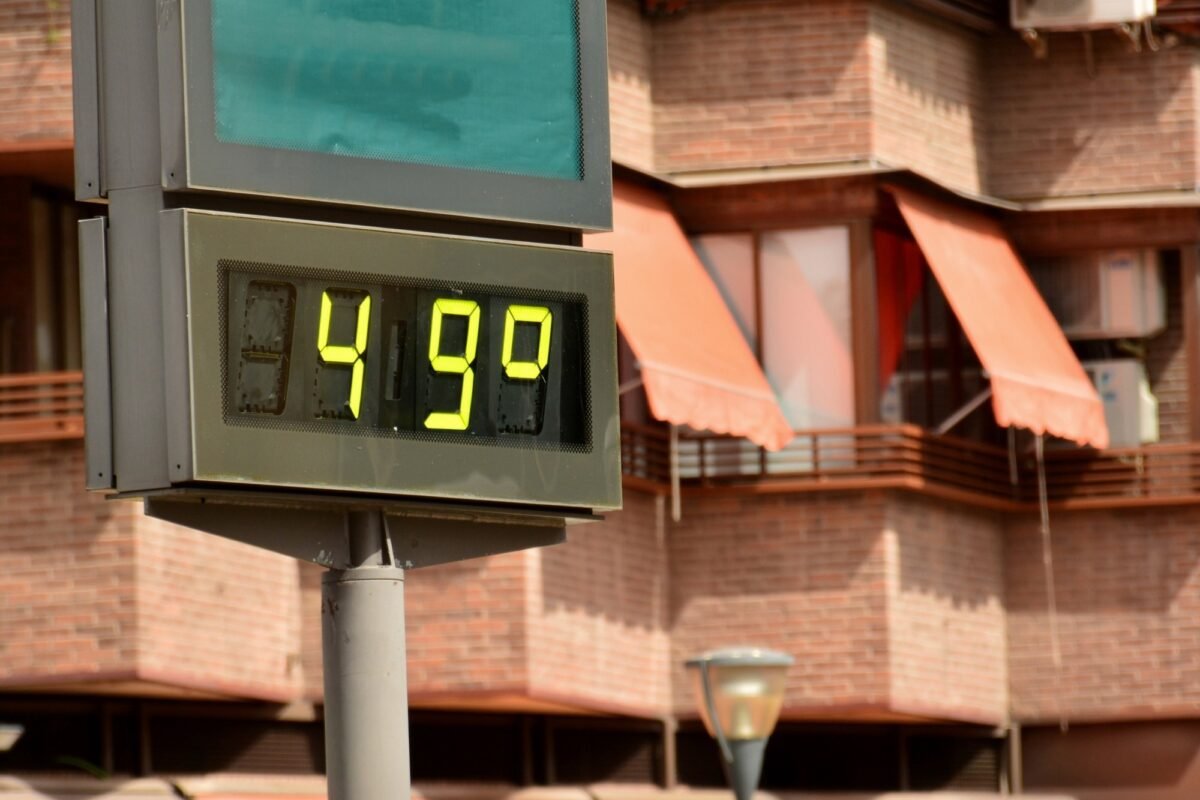Blog
Local weather change will dramatically improve the variety of heat-related deaths in Europe, with southern areas most at threat
A examine estimates the temperature-related threat of loss of life throughout Europe and predicts an improve in heat-related deaths, significantly in southern areas, as a consequence of local weather change and an ageing inhabitants.
In a examine lately revealed within the journal, researchers estimated present and future temperature-related mortality dangers for four European local weather change eventualities. They examined the pronounced regional inequalities in mortality charges in 1,368 areas in 30 European international locations, together with specific variations in Japanese Europe, Scandinavia and Southern Europe.
background
Local weather change can absorb adverse penalties for bodily, psychological and inhabitants well being as a consequence of an improve in excessive climate occasions, infectious ailments, deterioration of air high quality and poor meals and water high quality. In Europe specifically, these modifications are anticipated to exacerbate current regional well being inequalities. High and low temperatures absorb important impacts on human well being, growing heat-related diseases and deaths and posing novel challenges to inhabitants well being programs.
The social and financial penalties of heat-related deaths in Europe require not solely complete motion but in addition fine-tuned adaptation methods. Proof on temperature-related deaths is scarce, particularly in Europe. Most analysis focuses on Western international locations and infrequently ignores the precise challenges going through Scandinavia and Japanese Europe.
In assessing future mortality, the main target has been totally on heat-related deaths, whereas the interaction between demographic components and site-specific traits has been limited explored. Native assessments are essential for profitable public well being responses and adaptation approaches.
In regards to the examine
In the current examine, researchers calculated temperature-related deaths in a complete dataset overlaying 1,368 areas in 30 international locations, together with 27 European Union member states, Norway, Switzerland and the UK. They calculated the longer term loss of life toll underneath totally different ranges of local weather mitigation.
The researchers used age-specific knowledge and local-level socioeconomic vulnerabilities, corresponding to regional GDP per capita and age construction, to estimate mortality triggered by suboptimal temperatures in 1,368 European areas. They used a three-phase approach to foretell temperature-related threat over time and area. They extracted city- and age-specific exposure-response features (ERFs) for 854 cities utilizing Eurostat’s City Audit database.
The crew projected mortality underneath present situations between 1991 and 2020 and for four ranges of world warming (will increase from 1.50°C to 4.0°C) utilizing 11 local weather fashions developed from CORDEX-CMIP5 (Coordinated Regional Local weather Downscaling Experiment) simulations and EUROPOP2019 inhabitants projections. This intensive modelling strategy allowed them to establish future geographic areas at greater threat of loss of life as a consequence of temperature and inhabitants construction modifications. They used temperature-related mortality threat estimates to calculate minimal mortality thresholds, percentiles and extra mortality charges for each warmth and chilly.
The examine used 11 biased regional local weather fashions utilizing the CORDEX-CMIP5 knowledge. These fashions have been hurry underneath two consultant focus pathways (RCPs), RCP 4.5 and RCP 8.5, and biased utilizing a switch operate technique on the E-OBS every day gridded observational dataset for precipitation, temperature and sea degree strain in Europe.
The researchers analysed Eurostat regional accounts knowledge to look at the affiliation between temperature-related deaths and variables apart from local weather and particular person traits. They used Eurostat knowledge on GDP per capita for 2019 at NUTS 3 degree, based mostly on the 2016 NUTS version. The crew examined loss of life charges for totally different local weather and inhabitants eventualities, together with the present local weather mixed with inhabitants, the longer term local weather mixed with inhabitants publicity, and the longer term local weather at totally different ranges of warming combined with future inhabitants publicity. This multi-scenario evaluation offered considerable insights into how socioeconomic and demographic modifications may work together with local weather change to exacerbate or mitigate loss of life dangers.
Outcomes
From 1991 to 2020, Japanese Europe had 2.5 occasions extra cold-related deaths than Western Europe, whereas Southern Europe had six occasions extra heat-related deaths than Northern Europe. The evaluation discovered that socioeconomic components corresponding to regional GDP per capita considerably affect these variations. There have been 363,809 cold-related deaths and 43,729 heat-related deaths, giving a cold-to-heat mortality ratio of 8.3:1, with important regional variations starting from 3.3:1 in Slovenia to 132.5:1 in Eire. Reckoning on the warming situation, temperature-related deaths would improve by 41,850 to 96,072 per 12 months, pushed by rising temperatures, an ageing inhabitants and growing regional inequalities.
A temperature improve of three.0°C would end result in 54,974 extra deaths by 2100 as heat-related mortality will increase and inhabitants ages. This improve would end result in a cold-related to heat-related mortality ratio of two.6:1. Regional variations are possible to turn into much more pronounced, significantly in heat-related mortality, with 9.3 occasions as many deaths predicted within the south as within the north. Warmth-related deaths in Europe may rise to over 234,455 per 12 months by 2100, which may shift the mortality peak from the chilly to the nice and cozy season in some locations.
Warmth-related deaths are 20% extra variable than cold-related deaths, and each distributions are positively skewed. The examine discovered a big optimistic correlation between regional GDP and heat-related mortality, suggesting that economically weak areas could also be at greater threat. Warmth-related deaths are additionally influenced by socioeconomic variables, with a optimistic relationship between regional GDP per capita and threat of loss of life. Temperature-related mortality in Europe would shift, with the imply ratio of cold-related to heat-related deaths reducing by the finish of the century. The best loss of life charge can be amongst these aged 85 and over, significantly in southern Europe.
The examine’s findings spotlight the spatial heterogeneity of temperature-related mortality threat in Europe, primarily as a consequence of local weather change and inhabitants ageing. These variations are additional exacerbated by socioeconomic vulnerabilities, pointing to the necessity for focused public well being measures.
The findings may relieve policymakers cut back well being inequalities by addressing excessive warmth and prioritizing the safety of weak areas and older populations. Particularly, well being authorities must develop focused adaptation and resilience methods for high-risk areas in southern Europe, the place socioeconomic and climatic components converge to improve the danger of loss of life. Combining the examine knowledge with local-level vulnerability indicators may relieve prioritize public well being adaptation initiatives in Europe, which is essential to attenuate the anticipated improve in well being inequalities.

